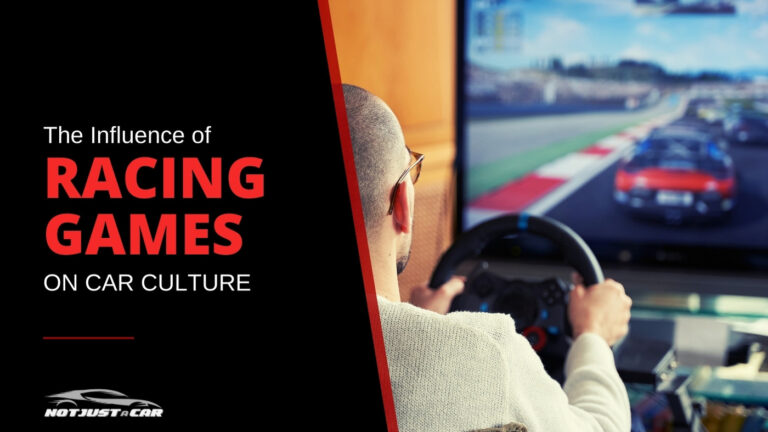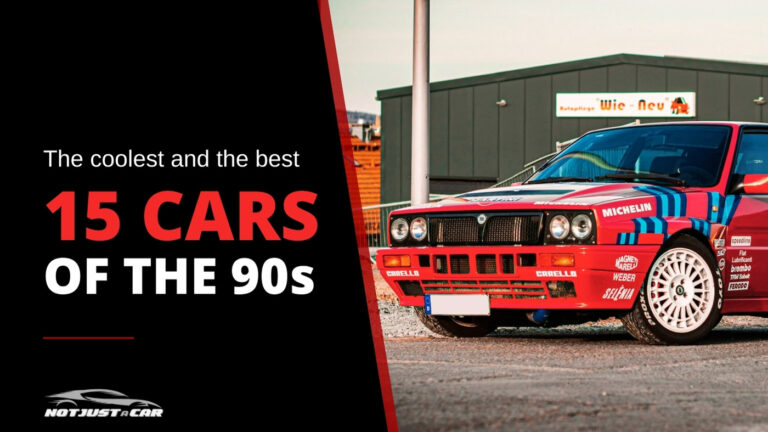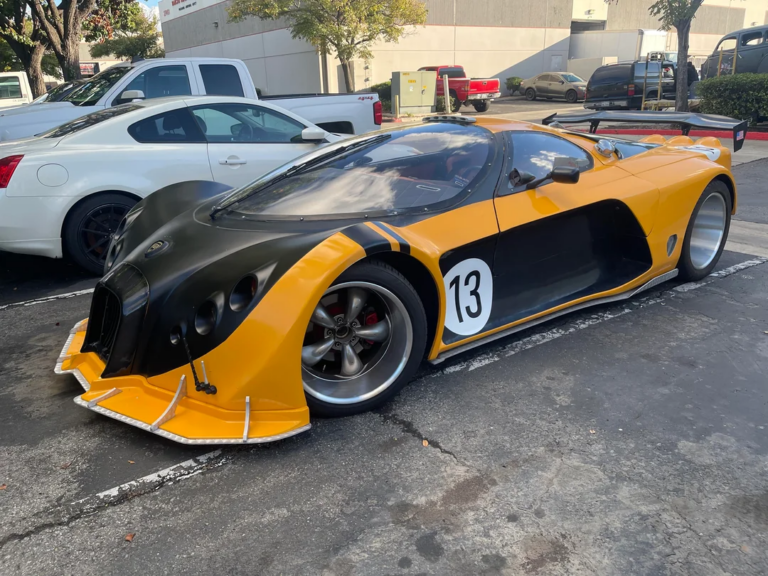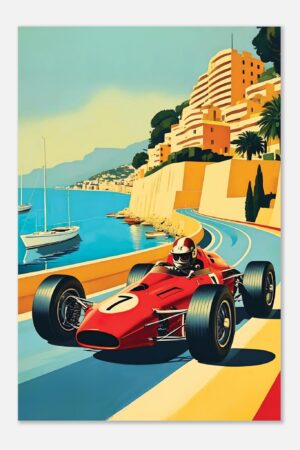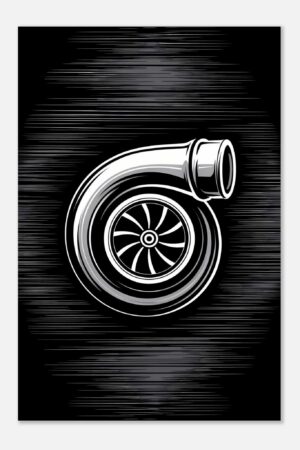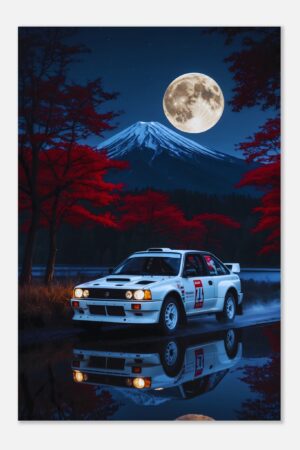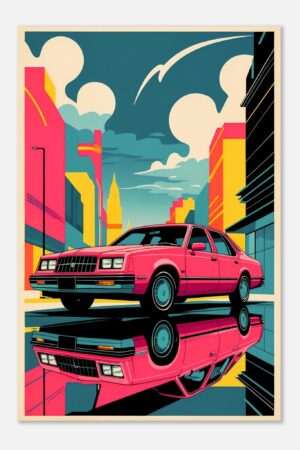The Real Reason Pop-Up Headlights Disappeared (And Why They Must Return)
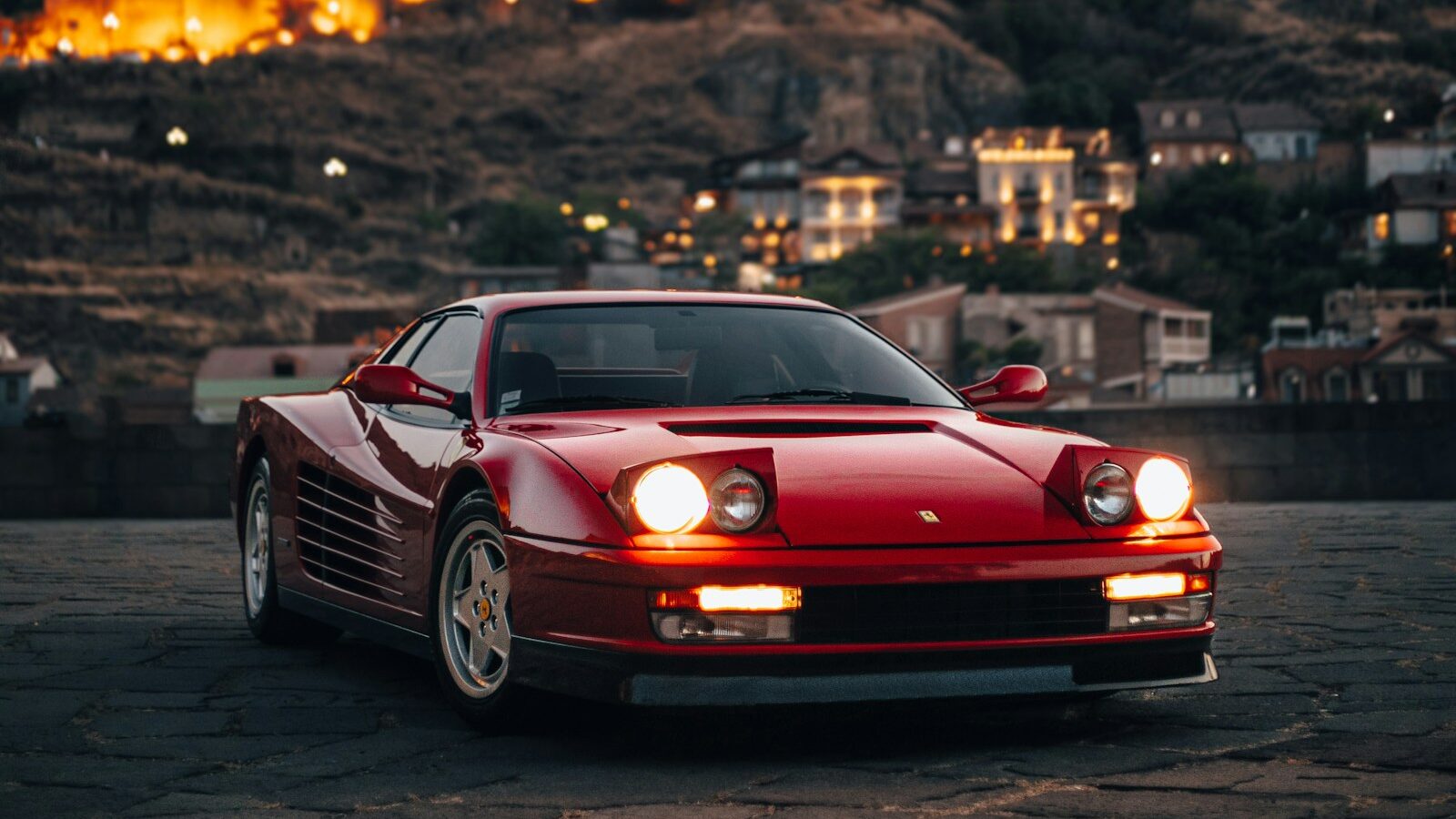
Let’s talk about pop-up headlights, those iconic, eye-catching automotive features that mysteriously vanished from our roads. This isn’t just a nostalgic trip down memory lane; it’s a deep dive into the real reasons they disappeared, largely due to increasingly stringent pedestrian safety regulations, and why their return would inject much-needed style and soul back into modern car design.
Key Takeaways
- Pop-up headlights were killed by pedestrian safety regulations, not just changing trends.
- They offered unmatched drama and unique character to vehicle aesthetics.
- Modern lighting tech and materials could make reliable, lightweight pop-ups viable again.
- Automakers should boldly reconsider this iconic design element for future models.
The Vanishing Act: Blame Bureaucracy, Not Boredom
Alright, let’s get into it. Everyone’s got a theory about why pop-ups vanished, right? “Oh, they were too complex,” or “aerodynamics got too important.” And yeah, sure, there’s a kernel of truth there. But the REAL reason, the unsung villain in this design tragedy, was actually pedestrian safety regulations. Yeah, I know, kinda boring compared to some wild conspiracy, but hear me out.
Starting in the late 1990s and really tightening the screws into the early 2000s, especially here in the EU, regulations like UNECE Regulation 95 and later Directive 2003/102/EC began to dictate how the front ends of cars needed to behave in a collision with a pedestrian.
Think about it: a rigid, often sharp-edged headlight assembly that pops up from the hood? That’s basically a blunt instrument waiting to whack someone.
It wasn’t about the lights being illegal per se, but making them compliant became an engineering nightmare. Automakers just gave up. It was easier to design fixed, flush-mounted lights that offered a smoother, more forgiving surface.
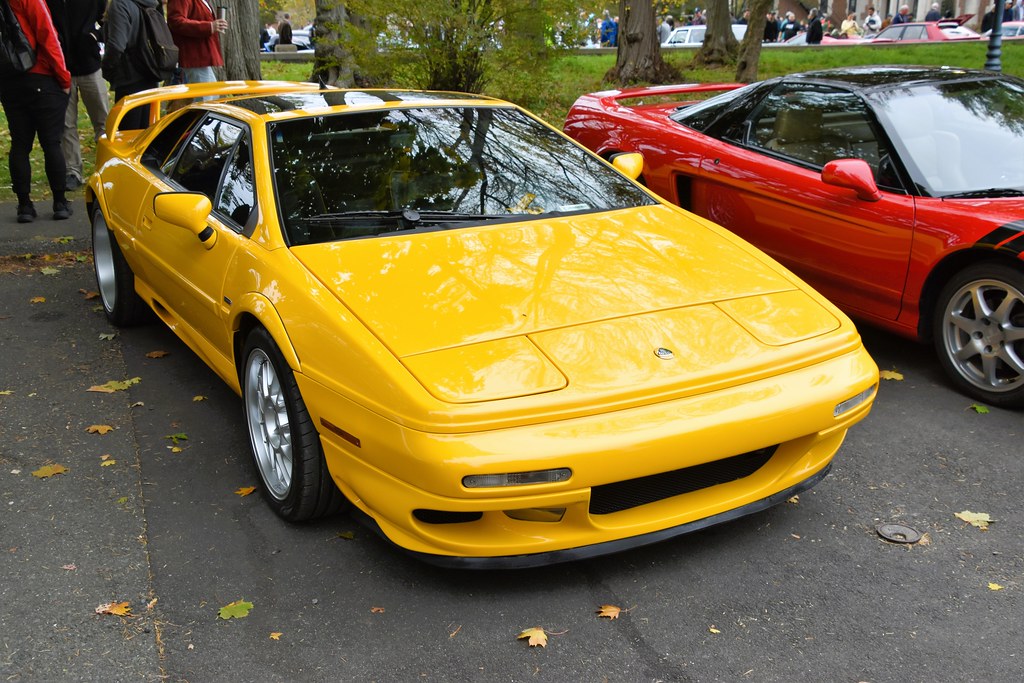
The last production car to roll off the line with pop-up headlights? That would be the 2004 Lotus Esprit V8. Think about that. Just two decades ago, these things were still around, and then poof, gone. It wasn’t a slow fade; it was a regulatory guillotine. The industry, particularly in Europe and Japan, had to adapt, and pop-ups were an easy target to cut. Manufacturers weren’t just thinking about styling; they were thinking about crash test ratings and potential legal liabilities. It sucked the fun right out of it, tbh.
More Than Just Lights: A Design Manifesto
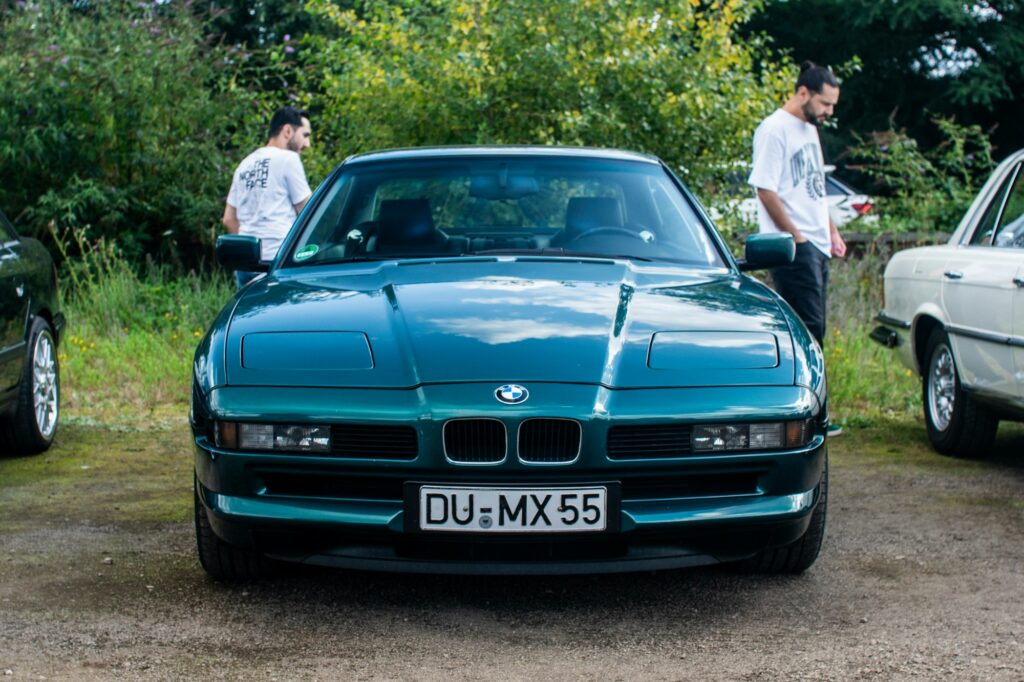
Now, let’s get to the heart of it: what we lost. Pop-up headlights weren’t just functional; they were pure, unadulterated theater. That moment when you flicked the switch, and those eyes slowly, or sometimes quickly, rose from the bodywork? MAN. That was a statement. It transformed the entire demeanor of the car, from sleek and subtle to aggressive and wide-eyed.
Think about the cars that rocked them best. The Mazda Miata NA – cute as a button with its lights down, ready to pounce with them up. The Ferrari Testarossa and F40 – pure exotica, those hidden lights adding to their mystique. The Toyota Supra Mk3 and Mk4 (pre-facelift), the Honda NSX, the Porsche 928, and the BMW 850 (pictured above) – every single one of them had a character defined, in part, by those flip-up lamps. They gave cars a face, a personality that modern designs often struggle to replicate.
Today, so many cars look… similar. They’re all chasing the same aerodynamic efficiencies, the same safety standards, the same corporate design language. Headlights are getting narrower, more squinty, often blending into complex DRL signatures, that in my opinion all starting to look the same.
Where’s the soul? Where’s the surprise?
Pop-ups offered an element of hidden aggression, a playful wink, or an almost animalistic predatory stare. They took a sleek, low-slung front end and gave it a secret weapon. It was a design choice that prioritized emotion and drama over sterile efficiency, and honestly, that’s what we’re missing these days.
The Hidden Costs & Complexities (That We’d Totally Forgive)
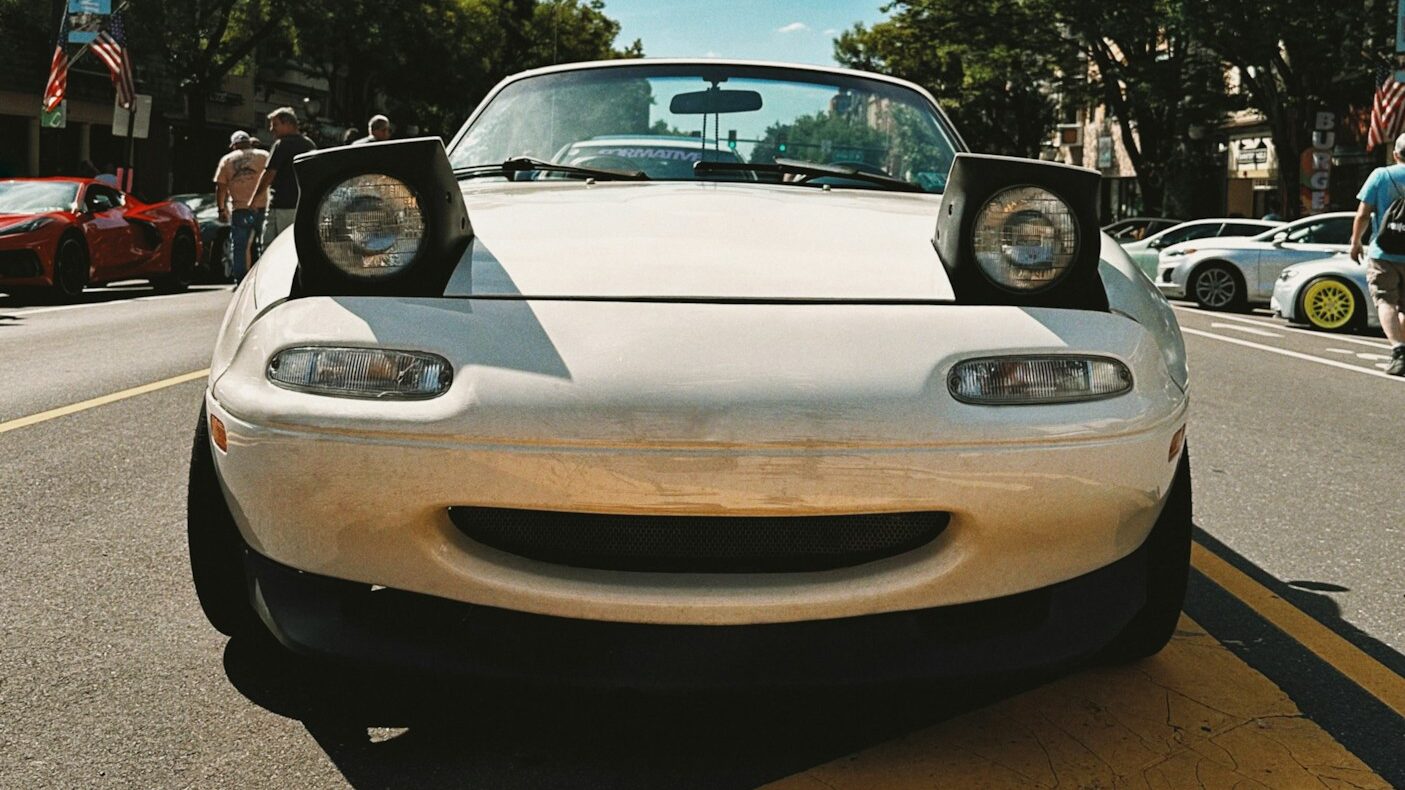
Okay, I’m not gonna pretend pop-ups were perfect. I mean, my F31’s standard LED low beams are infinitely less trouble than some of the old pop-up setups. They were complex. You had motors, linkages, wiring, all exposed to the elements. I remember people complaining about busted gears, lights getting stuck halfway up, or that dreaded “sleepy eye” look where one light was higher than the other. That was always a pain in the butt.
They added weight, too. Not a ton, but every kilo counts, right? And when they were up, aerodynamics took a hit. That sleek, low nose suddenly had two brick-like structures sticking into the wind. But let’s be real, for most drivers, on most roads, these “downsides” were negligible compared to the sheer coolness factor. We forgive a lot for style. We put up with finicky electrics, annoying rattles, and even the occasional subframe issue (looking at you, E46 M3) for a car that makes us feel something. Pop-ups did that in spades.
Modern tech could seriously mitigate these old issues. Imagine lightweight composite housings, tiny, powerful brushless motors, and super-reliable, sealed LED projector units. The old mechanical problems? Gone. The weight penalty? Minimal. Hell, you could probably even design them to retract instantly in a pedestrian impact, if the regulations were smart enough to allow for such an engineering solution. The excuses for their demise, beyond the safety regulations, are, frankly, outdated.
Why They NEED to Come Back: A Call to Designers
This isn’t just about nostalgia; it’s a plea for bold design. In an era where every brand is trying to out-LED the next, where front fascias are becoming increasingly aggressive but ultimately homogenous, pop-up headlights could be the differentiator. They could be a signature. Imagine a new electric supercar – silent, sleek – but then, with a flick of a switch, these incredible hidden lights rise, transforming its presence. It would be a moment.
Automotive design needs more of those moments. It needs more character. My diesel F31 is great, pulls like a freight train, but let’s be honest, it doesn’t have the visual drama of a Testarossa (not that I’m comparing my coal burner to a marvelous Ferrari, but just trying to make a point). We’re living in a world of increasingly bland cars, driven by data and regulations. It’s time to push back, to find ways to incorporate artistry and excitement without compromising safety. Designers, product planners, engineers – there’s a real opportunity here. Don’t just give us another iteration of the same squinty LED bar. Give us the magic back. Give us the pop.
FAQ
What was the last car produced with pop-up headlights?
The last production car to feature pop-up headlights was the 2004 Lotus Esprit V8, marking the end of an era for this iconic design.
Were pop-up headlights illegal?
No, pop-up headlights were not explicitly made illegal, but increasingly strict pedestrian safety regulations, particularly in the EU, made their design impractical and difficult to certify.
Why were pop-up headlights so popular?
They were popular because they allowed for very low, sleek front ends, improving aerodynamics when down, and added a dramatic, transformative visual element when activated.
Could modern cars use pop-up headlights?
Yes, with advances in lightweight materials, compact LED lighting, and sophisticated motor technology, modern pop-up headlights could be engineered to be reliable, light, and potentially even safer in specific impact scenarios.


